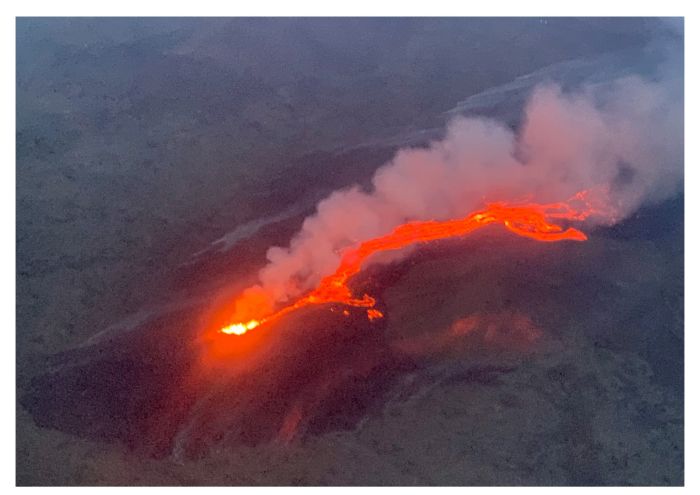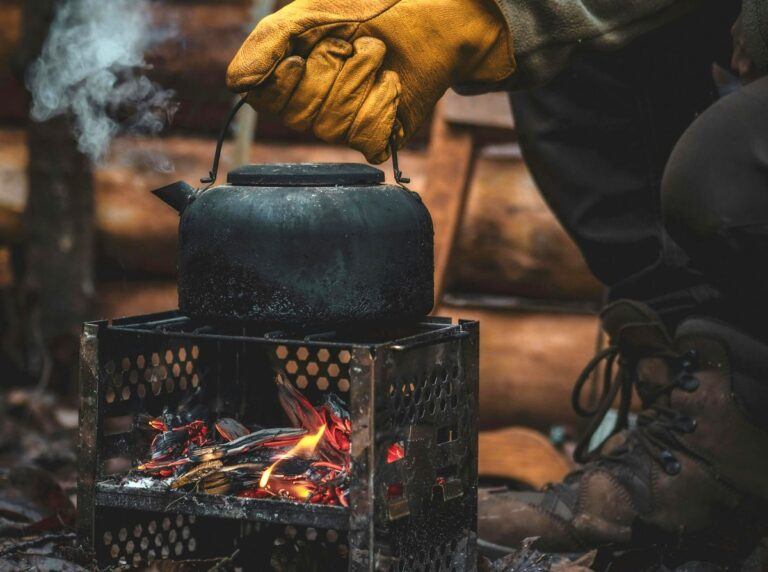Why Most People Feel Overwhelmed by Prepping

How to Start Smart
We seniors have learned in our lives that we need to approach a problem head-on. We can do it! Prepping is one of those things that seems simple in theory—stock up on food, secure water sources, and prepare for emergencies. However, when we start considering the sheer number of things we could prepare, we quickly feel overwhelmed.
The endless list of survival gear, the pressure to anticipate every possible disaster, and the financial burden of building a stockpile all add up to one thing: paralysis. Instead of making progress, many of us get stuck before we ever truly start.
The problem isn’t that prepping is too difficult. The problem is that most of us approach it incorrectly. We often assume we need to prepare for everything at once, which can lead to burnout.
Related: Beginner Guides: Needs Evaluation
We get distracted by expensive gear instead of focusing on what matters. We try to follow what hardcore preppers are doing, rather than starting from where they are.
The key to avoiding being overwhelmed is to shift your mindset and approach preparedness in a way that is manageable, sustainable, and tailored to your real-life needs.
Why Prepping Feels So Overwhelming
Most of us become overwhelmed by prepping because we believe there is a single, correct way to do it. We look at online prepper communities, survival shows, and doomsday scenarios, and we assume that to be truly prepared, we need a self-sustaining homestead, a year’s worth of food, and every piece of survival gear on the market.
The result? We freeze. We tell ourselves we’ll start prepping “when we have more time” or “when we can afford it.” Days turn into months, months into years, and we remain just as unprepared as when we started.
Another major cause of being overwhelmed is focusing too much on extremes. The media often portrays prepping as something reserved for hardcore survivalists—people living off-grid, stockpiling weapons, or preparing for an apocalyptic event.
Related: Key Items Many Survival Preppers Forget
But preparedness isn’t just for major catastrophes. It’s about handling everyday disruptions, such as:
- power outages,
- job loss,
- supply chain issues,
- or medical emergencies.
When we realize that prepping isn’t just about doomsday scenarios but creating stability in uncertain times, it becomes much easier to start.
How to Start Smart without Feeling Overwhelmed
The biggest mistake we new preppers make is trying to do everything at once. Instead of attempting to build a fully stocked bunker overnight, focus on starting small with the most critical needs.
See a breakdown of the four essentials of survival—food, water, power, and heat—with gear options for every level of readiness. No fluff. No guesswork. Just the tools you need to take control and protect what matters. Get this Survival Starter Plan for assistance.
1. Identify Your Biggest Risks (Not Every Possible Disaster)
Instead of preparing for a vague, all-encompassing disaster, start by identifying the most likely emergencies that could affect you personally.
- Do you live in an area prone to hurricanes, wildfires, earthquakes, floods, or winter storms?
- Is job security an issue?
- Could supply chain disruptions impact your daily life?
- Being a senior and trying to prep, do you have health issues that are holding you back? I sure would like to sleep more 🙂
Once you identify your most significant risks, prepping becomes more focused and actionable.
For example, if you live in an area with frequent power outages, your priority should be securing backup power solutions, non-perishable food, and alternative methods for heating or cooling. If financial instability is a concern, building a small emergency food reserve and reducing dependency on grocery store availability can be a smart first step.
Read this: One-Year Survival Prepper Plan: A Month-By-Month Guide to Preparedness – eBook
2. Focus on the Essentials First
Prepping doesn’t start with buying the latest survival gadgets—it starts with securing your basic needs. If you’re overwhelmed, focus on the core survival necessities:
- Water – Have a two-week water supply stored in your home (one gallon per person per day).
- Food – Build up one to three months’ worth of shelf-stable food.
- Shelter & Power – Ensure you have ways to stay warm, cool, and safe during disruptions.
- Security – Protect your home with basic security measures.
- Medical – Stock up on essential medications and first-aid supplies.
Instead of trying to buy everything at once, set small goals. One extra case of bottled water today. A few additional pantry items next week. Small, consistent steps make prepping manageable and affordable.
3. Set a Budget and Stick to It
Many people feel overwhelmed because they assume prepping is too expensive. While there are certainly high-end survival tools, preparedness doesn’t have to cost a fortune.
Start with what you can afford:
- Buy in bulk when possible – Canned goods, dry rice, beans, and pasta are cheap ways to build food reserves.
- Repurpose what you already have – You don’t need a fancy bug-out bag. A backpack you already own works just fine.
- DIY solutions – You can build emergency water filters, make homemade fire starters, and repurpose household items for survival use.
Prepping is about consistency, not big one-time purchases. Even a small monthly investment adds up over time.
4. Test Your Preparedness (Before You Need It)
Many preppers collect supplies but never test them. The first time you try using a water filter shouldn’t be during an emergency. The first time you cook with backup gear shouldn’t be when the power goes out.
Start small-scale preparedness drills:
- Turn off your power for a weekend to see how well your backup systems hold up.
- Cook a meal using only shelf-stable ingredients to ensure your food storage works for you.
- Try going a weekend without grocery shopping to see if your food supply is sustainable.
This takes prepping from theory to practice and helps you adjust your strategy before an emergency forces you to.
5. Stay Flexible and Adjust as You Learn
Many new preppers feel overwhelmed because they assume their plan has to be perfect from the start. But preparedness is a process, not a one-time event. As you build your survival strategy, you will discover what works for you and what doesn’t.
Read this: Elevate Your Prepping in 2025 with 15 Survival-Focused Resolutions
The goal isn’t to follow someone else’s version of prepping—it’s to create a plan that fits your lifestyle, your risks, and your budget.
Start Where You Are
Prepping doesn’t have to be overwhelming. It doesn’t require a homestead, a massive budget, or an underground bunker. It starts with small, smart steps—securing water, food, and essential supplies—and building from there.
Instead of focusing on what you don’t have yet, focus on what you can do today. Buy an extra bag of rice. Store more water. Learn a survival skill. Every small step makes you more prepared than you were yesterday.
Preparedness isn’t about being perfect—it’s about being ready enough to survive the unexpected. And the sooner you start, the better off you’ll be.
What’s your take on this? Do you feel less overwhelmed after reading this? Do you have more tips, tools, or stories that could help fellow Golden Survivalists? Drop a comment below—your insight might be precisely what someone else needs. I read every comment and reply when I can. Let’s learn from each other 🙂







